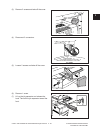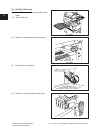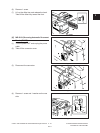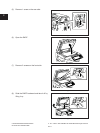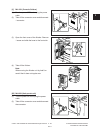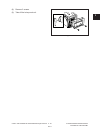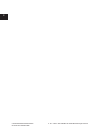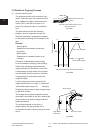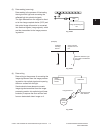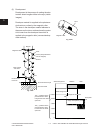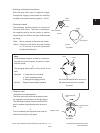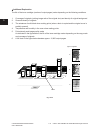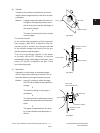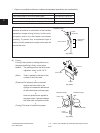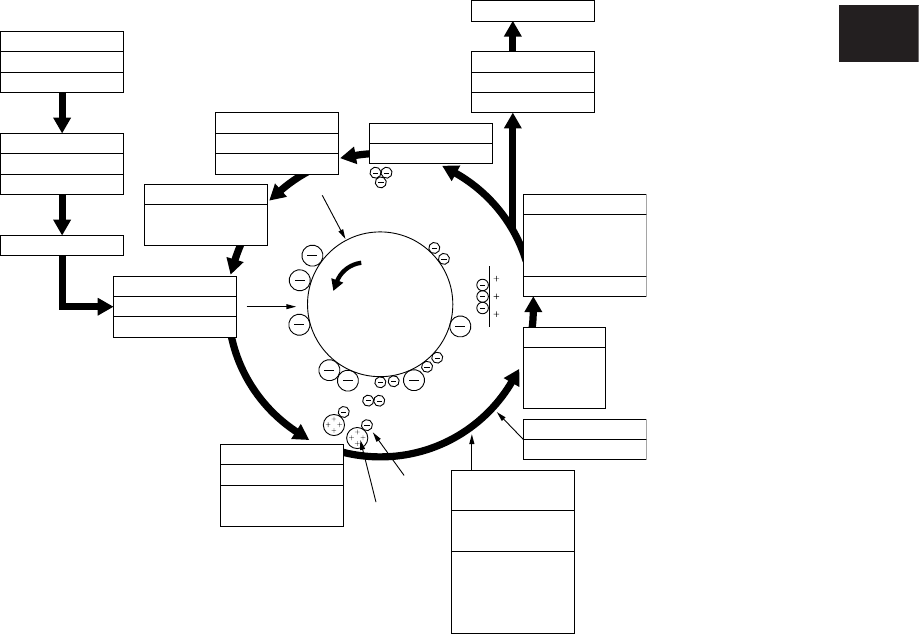
3 - 1 e-STUDIO350/352/353/450/452/453
COPY PROCESS
3
© 2003 - 2008 TOSHIBA TEC CORPORATION All rights reserved
3. COPY PROCESS
3.1 General Description of Copying Process
(1) Charging: Applies negative charge on the
surface of the photoconductive drum.
(2) Original exposure: Converts images on the
original into optical signals.
(3) Data reading: The optical signals are con
-
verted into electrical signals.
(4) Data writing: The electrical signals are
converted into light signal (laser emission)
which exposes the surface of the photocon
-
ductive drum.
(5) Development: Negatively-charged toner
adheres to the photoconductive drum and
forms visible image.
(6) Transferbias:Improvestransferefciency.
(7) Transfer: Transfers the visible toner image
on the photoconductive drum onto paper.
(8) Separation: Separates paper with the toner
image from the photoconductive drum.
(9) Fusing: Fuses the toner image onto the pa
-
per by applying heat and pressure.
(10) Cleaning : Scrapes off the residual toner
from the drum.
(11) Discharging : Eliminates the residual nega
-
tive charge from the surface of the
photoconductive drum.
Original exposure
Xenon lamp
16W
Data reading (scanning)
CCD
600 dpi, 7400 pixel
Image processing
(2)
(3)
(4)
Discharging
Discharge LED (red)
Wavelength 660nm x14pcs
(11)
Data writing
Semiconductive laser
Pw=4.3 nJ/mm
2
Charging
–790V
(grid voltage)
Development
Magnetic roller
Bias –550VDC
+150VDC
(1)
(5)
Toner
Carrier
Cleaning
Blade method
(10)
Bypass feeding
(100 sheets)
PFP (upper/lower)
(550 sheets) or
LCF
(1250 sheets x 2)
Drawer feeding
(upper/lower)
(550 sheets)
Transfer
H 286 uA
C 286 uA
L 137 uA
Separation
ACH 5.5kV
C 4.0kV
L 2.5kV
DC -100V
1kHz
Paper exit
Fusing
Inductionheating (IH) method
700~1240W
Transfer bias
DC+580V
(9)
(8)
(7)
(6)
Fig. 3-101



